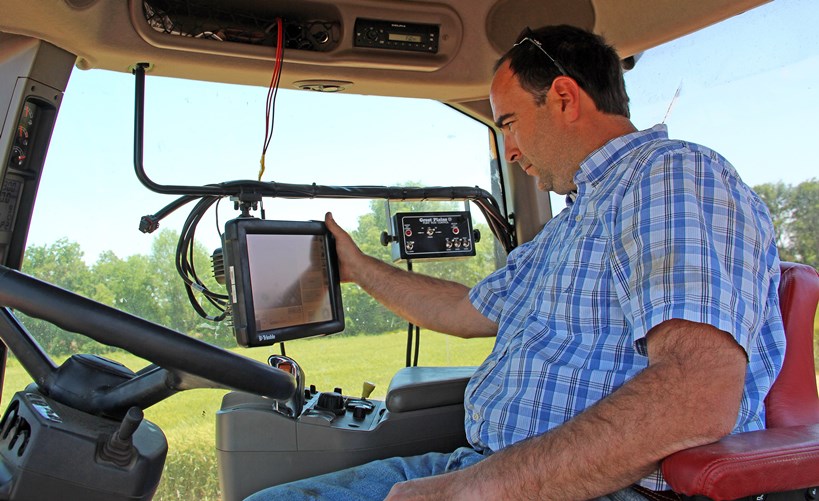Big data is more than a buzzword—farmers are harvesting data from machine telematics, yield monitors and input decisions, to name a few sources. There’s value in the data for the farmer to turn around and make decisions, and numerous companies are vying for the information as well.
“It seems like 100 companies are in contention, but that number will fall to 10, then to five and probably down to one,” predicts Terry Griffin, a cropping system economist and precision agriculture specialist at Kansas State University. If there’s one left standing, the monopoly will put farmers at a disadvantage for negotiation power.
Long-term data contracts should trigger an alarm bell, according to Griffin. “There are so many people walking through the door offering a data package, but just sit back and wait a year or two,” he says. “Once you share, your ability to exclude others is diminished. Maybe you’ll have no legal ownership of the data.”
Griffin advises growers to ask prospective data companies three questions. First:How many growers/farms/fields/acres are in the data community today? The question directly relates to the likely success of a given data company in the future and its ability to perform beneficial analyses.
“If you’re the first farm to join a data service then why join at all? If there are not large numbers of farms participating, then a given farm doesn’t have a good reason to join,” he asks.
Second: What analytics conducted on the community will benefit my farm? “If the company’s answer does not benefit the farm, then the farm does not have a clear reason to join,” Griffin explains. “If the answer seems to be benchmarking or database queries, then ask yourself: Is there value to me in participating?”
Third: What data quality control standards are being used? Big data analytics have loosened the requirements on precise measurements compared with experimental data at small plots from research stations, according to Griffin.
“Were varieties tagged correctly to the field? Were yield monitors calibrated and yield data cleaned for anomalies where the harvester was not able to make accurate measurements? If a farmer is considering submitting ‘junk’ data to the provider just to join, what keeps other farmers from submitting the same types of ‘junk’ data?” Griffin asks.
Bottom-line ownership continues to be the Gordian knot of ag data. Roger McEowen, Kansas Farm Bureau professor of agricultural law and taxation at the Washburn University School of Law, says ag data is a mix of real, personal and intellectual property: “The question is whether ag data ownership will be tied to the ownership of the land from which it derives. In addition, in many situations the landowner also owns the equipment used in production activities that give rise to ag data. The ag data is portable, like tangible personal property, and it is like intellectual property because it’s information.
“So, who owns it? Will ownership of the land and/or equipment be enough to determine ownership of the ag data? This is the basic ‘nut’ the legal system will have to crack,” says McEowen, who is also author of the Agricultural Law and Taxation blog.
“Right now, some of these data companies don’t pass the sniff test, and if something just seems wrong, it probably is,” Griffin adds. “If you’re not sure, then hold and sit tight.”


